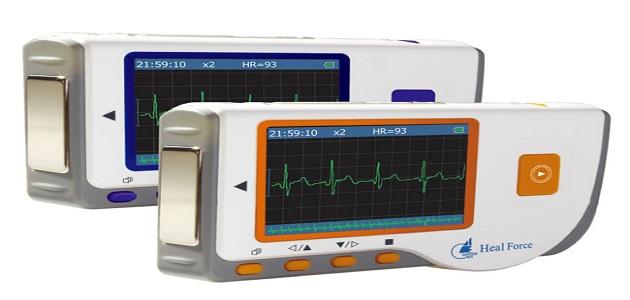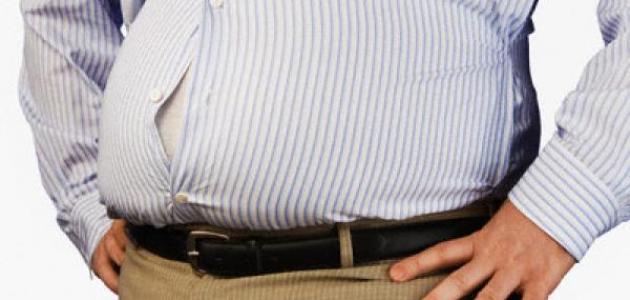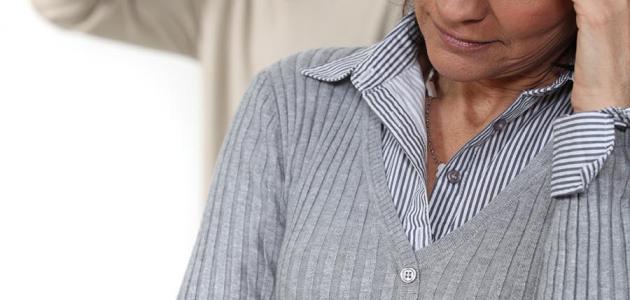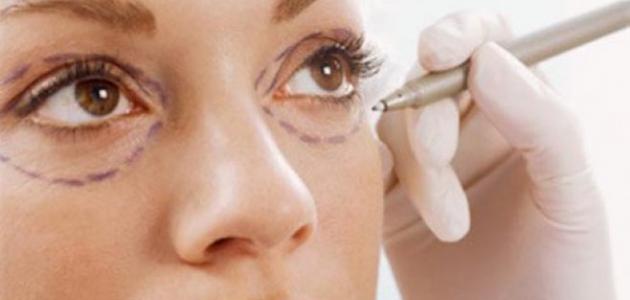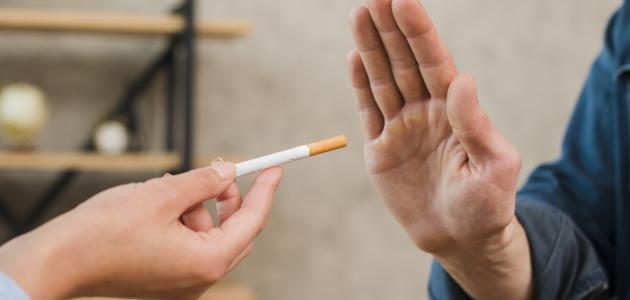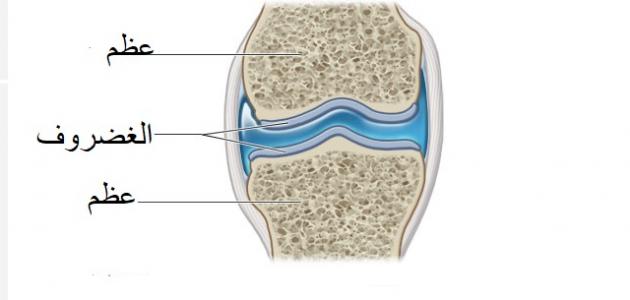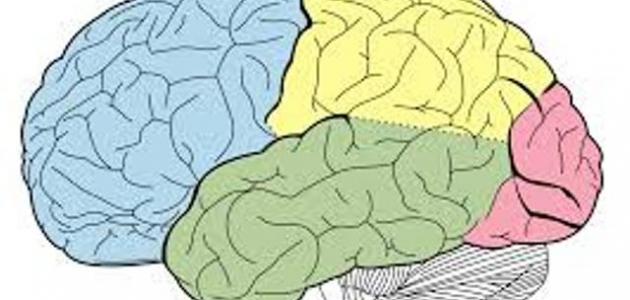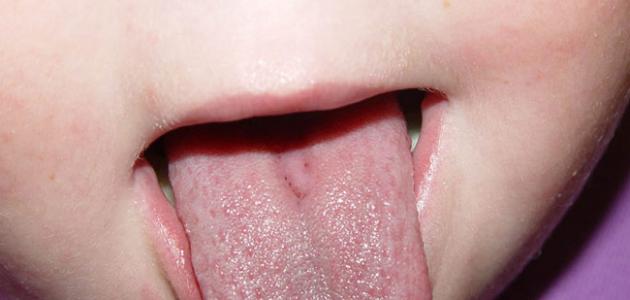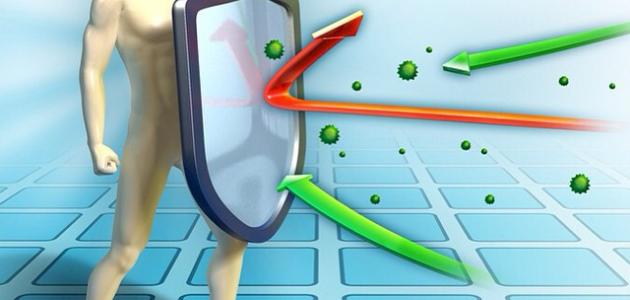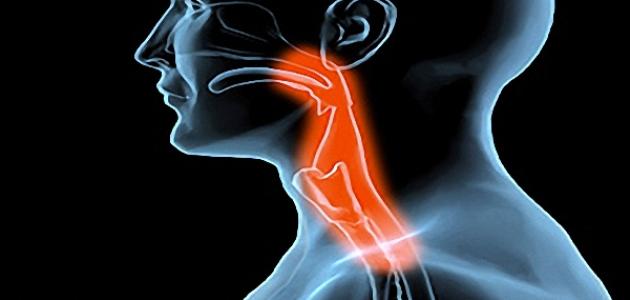Contents
ECG: Electrocardiography
The ECG device is used in medical clinics or hospitals to measure the electrical activity of the heart, as doctors usually use it as one of the routine procedures before the patient undergoes surgery, or to detect the causes or diseases that lead to feeling chest pain, or the occurrence of palpitations, etc., and it does not cause the patient Any pain or soreness, and in this article we will introduce you to it in detail.
History of the ECG machine
The first ECG device appeared in the year 1903AD, which was invented by the scientist Einthoven, and he called it the heart painter. With the development of the times and the introduction of permanent improvements to this device, it has become small and easy to use, and accurate in showing the result.
Device design
Five basic waves appear on the device’s screen, each symbolizing a specific point inside the heart, and these waves are:
- P wave: It is the first wave that appears on the device, as it indicates depolarization due to the passage of electric current in the left and right atria.
- Q wave: depolarization due to the passage of current through the septum between the ventricles.
- The R wave: This wave is the highest in terms of current strength, and it indicates the depolarization of the left and right ventricles.
- The S wave: It denotes depolarization of the walls of the left and right ventricles.
- The T wave: It indicates that the cells in both the right ventricle and the left ventricle have recovered.
Work of the ECG machine
All the muscles of the heart are charged with a negative charge, and therefore the depolarization is through the flow of a group of positive ions, namely: sodium + and calcium ++, which flow to reach the ventricles, and this is done by placing two electrical electrodes on both sides of the heart, and the chart will appear either on The screen of the device, or drawn on the special thermal paper.
It is possible to use more than two electrodes for the planning work, for example placing one of the electrodes on the left hand, the second on the right hand, and the third on the left leg, and so on.
Cases of use of the ECG machine
- Feeling of chest pain and tightness.
- Random heartbeat, and its irregularity.
- Feeling of shortness and difficulty in the process of breathing.
- Constant feeling of tiredness, fatigue, and inability to move.
- Abnormal beating or beating of the heart.
- Diagnosing some diseases affecting the heart.
- Monitor the heart while taking some types of medication.
Types of ECG devices
- Transformed EKG machine: Known as Holter, it is a small device that is attached to the body, for an entire day, to obtain a complete record of heart activity.
- The exertion diagram: in it, the activity of the heart is measured during physical exertion, such as walking, cycling, playing sports, and others.
